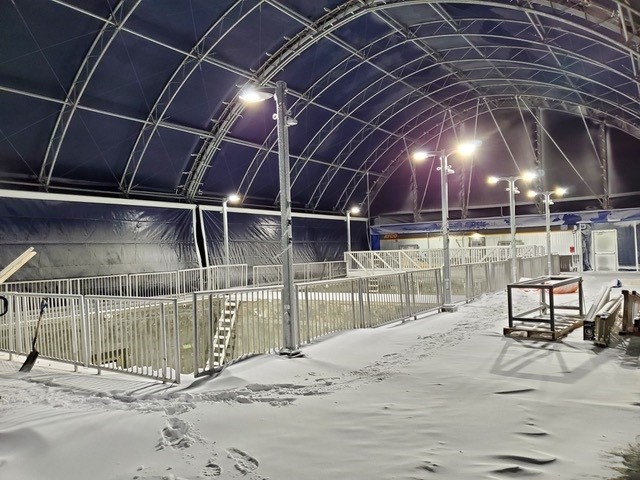
Tankers transiting Canadian waters must have an agreement with a certified Oil Spill Response Organization, but no such organization covers waters north of 60°N, meaning that help is usually days or weeks away, leaving natural attenuation as the presumed mechanism by which a majority of oil would be mitigated in a large Arctic spill. Natural attenuation is the removal or transformation of oil by natural processes like microbial biodegradation, which have been shown to play a major role in the cleanup of oil spills at lower latitudes. The project team will use metagenomics, metatranscriptomics, mass spectrometry, and high-sensitivity remote sensing techniques to develop a mechanistic understanding of the fate of oil in the Arctic, and social, policy, and economic research to further our knowledge of Monitored Natural Attenuation (MNA) as a rational response strategy for oil spills.
The project is organized as three inter-linked Activities: Activity 1 will conduct focused experimental incubations at the Ocean Sea Ice Mesocosm (OSIM) facility to observe geophysical, petrochemical, and microbial genomic responses to oil spills. Activity 2 will co-develop with four Kivalliq communities, a sustainable genomics-informed Community Based Monitoring (CBM) program that combines social and natural sciences with Inuit Qaujimajatuqangit, while building a baseline understanding of seasonal cycling in Arctic marine microbial communities and serving as a sentinel in the case of an actual spill. Activity 3 will ensure policy uptake of our research findings by translating the results using a regionally specific economic model (the Oil Spill Decision Support System (OSDSS); and implementable policy recommendations based on genomics-informed MNA.
End-of-project Deliverables: At the completion of this project, the team will deliver a comprehensive program containing the necessary ingredients for a sustainable genomics-informed MNA strategy, including: Highly Qualified Personnel (HQP) trained in advanced genomics, petroleomics, and remote sensing technologies; increased HQP capacity to conduct respectful research with Inuit communities; community-based HQP trained in natural science monitoring techniques; partnerships developed with communities, industry and academia; a sustainable CBM program co-developed for the Kivalliq region; a set of genomic biomarkers for use in CBM and MNA; protocols for the use of portable DNA sequencing devices for real-time on-site MNA; modeling software for the detection of oil in sea ice using electromagnetic scattering data; mapping resources provided of MNA seascapes and icescapes; the OSDSS application; an informed and effective policy and governance regime for Arctic marine spill prevention, preparation and response; and enhanced local and regional capacity for participating in, and leading spill-related governance.

